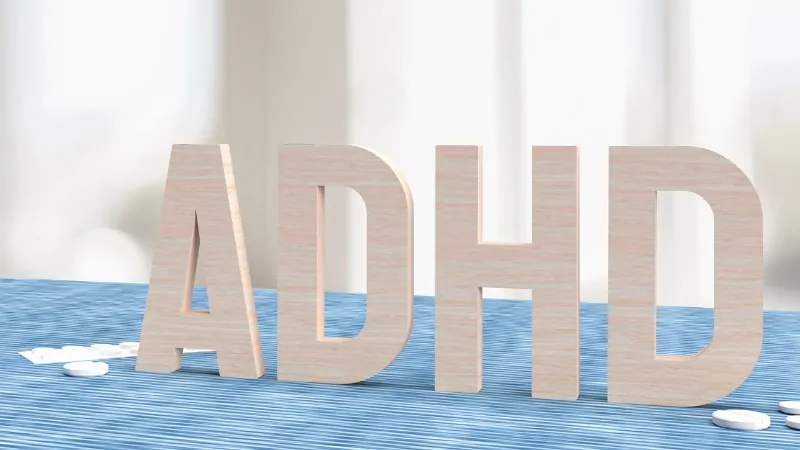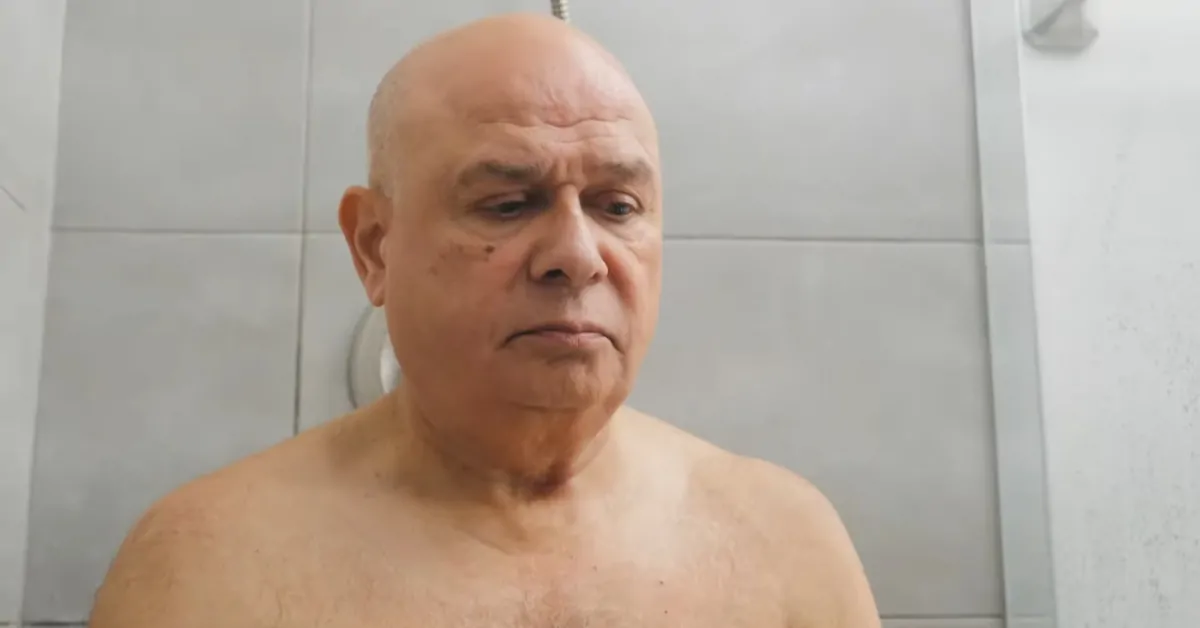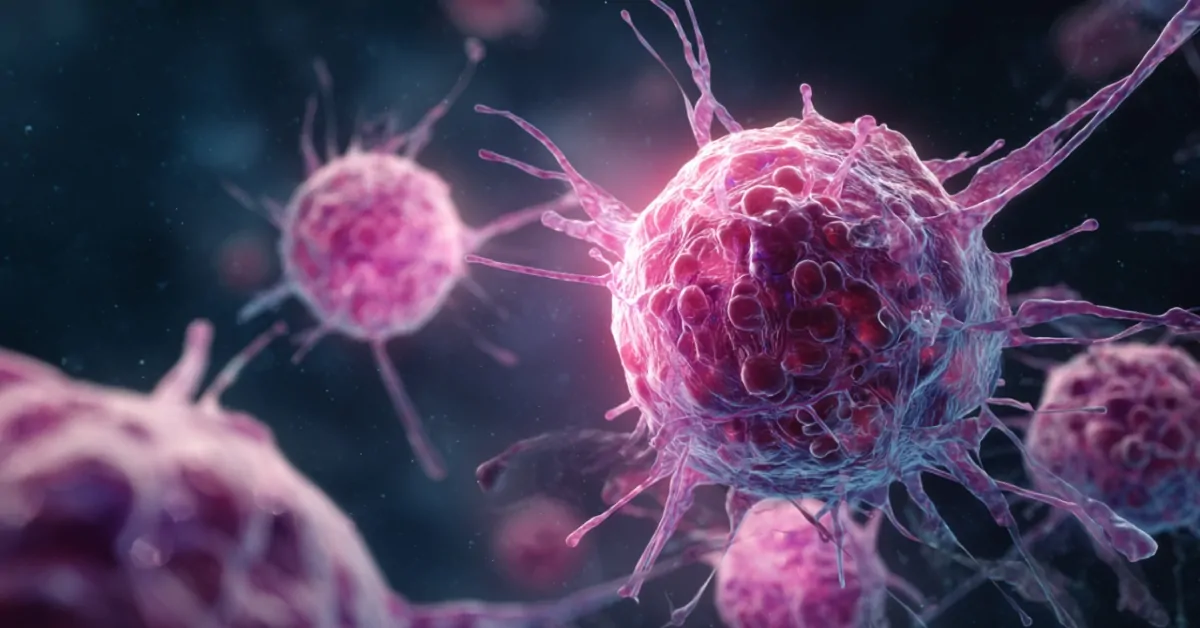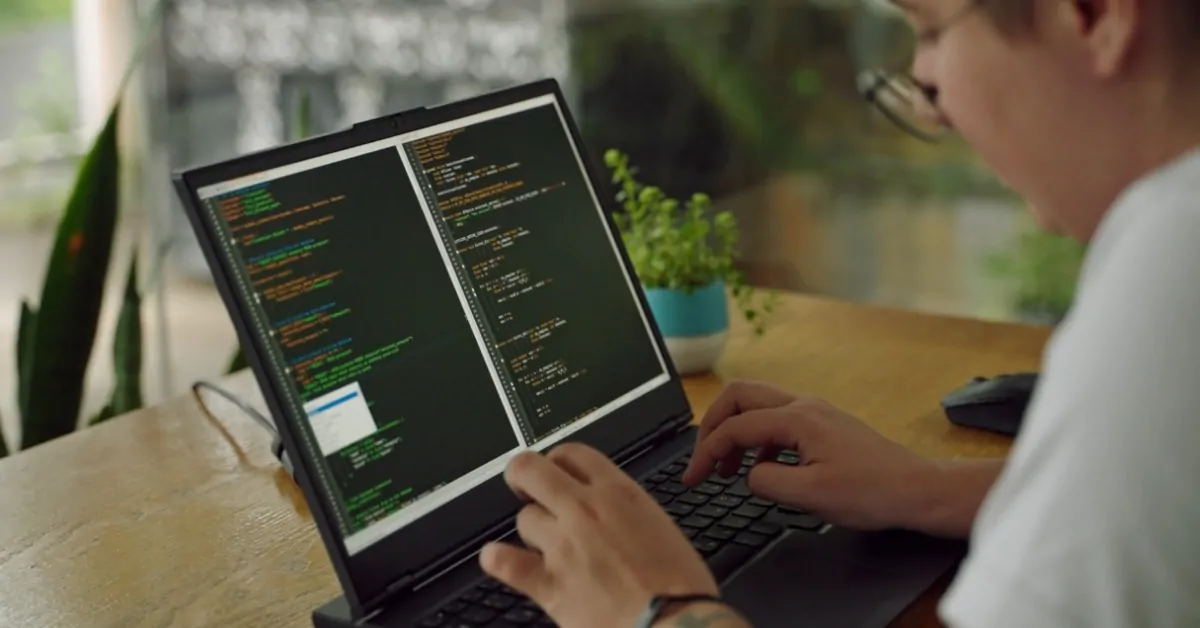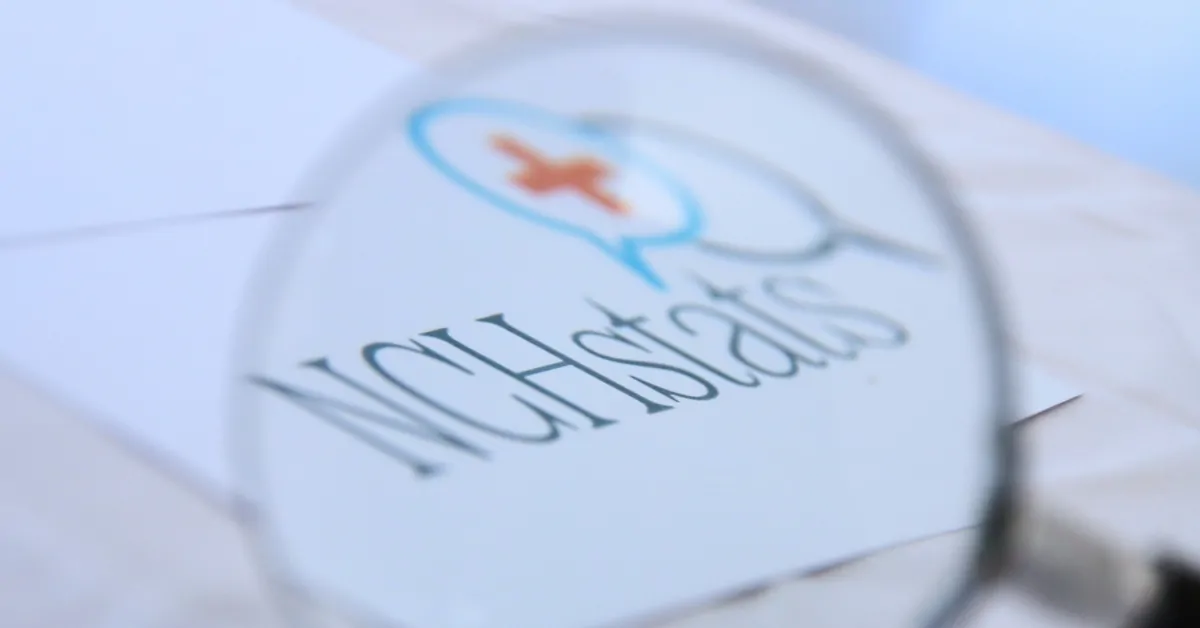In 2025, the well-being trends that genuinely help people are the ones rooted in measurable physiological change: thermal therapy (sauna + cold exposure), infrared/heat-based recovery, red light therapy, performance breathwork, and mobility longevity training.
The trends that work share three traits:
- Clear physiological pathways that explain why they help.
- Consistent results in studies, not miracle claims.
- Easy integration into modern routines without extreme lifestyle changes.
Everything below reflects habits that people actually do, not Instagram gimmicks.
And I’ll say this as someone who tested parts of these trends over the past year: the difference between “nice idea” and “real effect” becomes obvious only when the practice has a mechanism your body responds to. That’s the theme of 2025.
1. Cold Plunges & Contrast Therapy (Ice Exposure + Sauna Cycles)
Cold plunges stopped being an extreme-athlete thing.
They’re everywhere in 2025: gyms, hotels, wellness studios, even modular units in backyards.
The practice works best when paired with heat exposure, especially a sauna. The alternation between cold-induced vasoconstriction and heat-driven vasodilation creates a measurable circulatory effect.
Scientific Backing
- A study published in Cell Metabolism (2023) found that cold exposure activates brown adipose tissue, increasing metabolic rate and improving insulin sensitivity.
- Finnish long-term research shows that men who use saunas 4–7 times per week have a 50% lower risk of cardiovascular disease compared to those who use them once weekly.
- Controlled contrast bathing reduces muscle soreness by up to 20% in recovery studies.
Why It Works Physiologically
- Cold exposure reduces inflammatory cytokines.
- Heat exposure improves blood flow and parasympathetic activity.
- The combined cycle enhances recovery, circulation, and mood.
I started doing cold+sauna cycles three times a week. The biggest change wasn’t even physical; it was mental. My stress tolerance improved in a way that coffee or meditation never achieved.
Mini Table
| Variable | Cold Exposure | Heat Exposure |
| Heart Rate | Drops sharply | Rises gradually |
| Circulation | Constriction | Vasodilation |
| Mood regulators | Endorphin surge | Serotonin support |
| Recovery | Reduces swelling | Relaxes tissues |
2. Infrared Saunas & Modern Thermal Healing
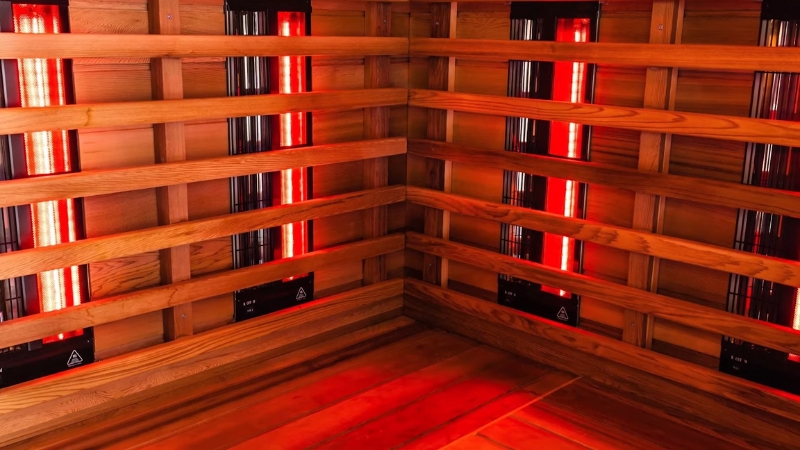
Infrared saunas use panels that heat the body directly, not the air. This allows lower temperatures (48–60°C) but deeper tissue penetration.
Scientific Backing
- A study in the Journal of Human Hypertension showed that infrared sauna sessions can reduce systolic blood pressure by up to 15 mmHg in some adults.
- Infrared heat improves circulation and nitric oxide availability, supporting cardiovascular health.
- Regular use correlates with improved sleep quality due to thermoregulatory relaxation.
Why People Love It in 2025
- Lower heat = longer sessions
- Great for post-work strain
- Ideal pairing with cold plunges
The infrared sauna became the one place where my nervous system truly resets. Ten minutes in, and the mental static drops off; it feels like clearing a browser cache, but for my brain.
3. Red Light Therapy (Photobiomodulation), The 2025 Recovery Staple
Red light therapy is no longer sold as a miracle; it’s valued for specific, measurable effects.
People use 630–850 nm wavelengths, which penetrate skin tissue and mitochondria.
Scientific Backing
- Photobiomodulation enhances ATP production, which is proven at the cellular level.
- A 2024 dermatology trial showed a 31% collagen density increase after 12 weeks of consistent red light exposure.
- Muscle recovery improves by up to 45% in athletes using near-infrared light post-training (Sports Medicine meta-analysis).
- Red light reduces inflammatory markers like TNF-α in controlled studies.
Where It Works
- Skin regeneration
- Muscle soreness
- Joint stiffness
- Inflammation
What People Often Notice
- Smoother complexion
- Less morning stiffness
- Faster recovery after gym days
- Better mood during winter
| Application | Scientific Reason | Outcome |
| Skin | Collagen stimulation | Improved texture |
| Muscles | ATP boost in mitochondria | Reduced soreness |
| Inflammation | Decreased cytokines | Less swelling |
| Mood | Gentle circadian input | Calmer evenings |
I used red light therapy more as a curiosity at first, but the real effect I felt was on muscle soreness.
A big part of why red light therapy appears everywhere in 2025 is the accessibility of at-home panels. People no longer need clinics or specialized recovery studios because the technology is simple and easy to standardize.
Many individuals rely on consumer devices from brands like Hooga Health because they follow the same wavelength ranges found in research, wavelengths between roughly 630 and 850 nanometers, which are the ones that consistently show benefits in studies.
The point isn’t the brand itself; it’s that standardizing wavelength and intensity has made the therapy predictable and easier for people to use safely at home.
4. Breathwork & CO₂ Tolerance Training
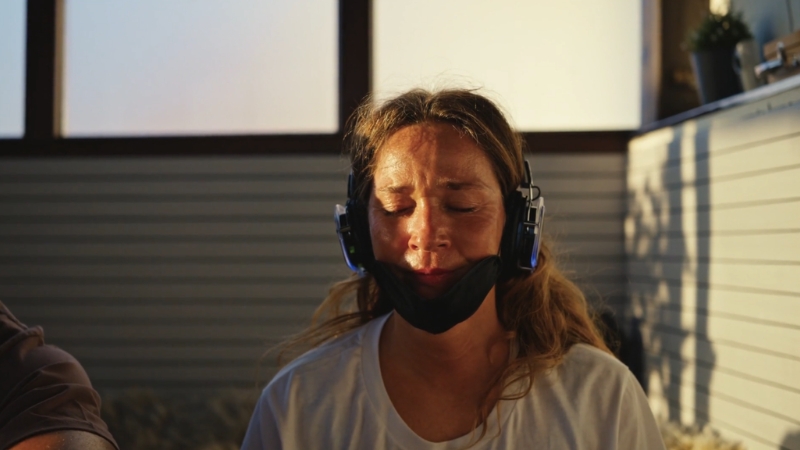
Breathwork in 2025 focuses on performance and physiology. People use it because it reliably changes how the body handles stress, sleep, and mental focus. The key mechanism is the relationship between breathing and the autonomic nervous system.
Slow, controlled breaths activate vagal pathways that help stabilize heart rate and increase HRV, which is a major indicator of how well the body recovers from daily stress.
Another important element is CO₂ tolerance. Modern breathing habits often lead to low tolerance, which makes people feel anxious or “short of breath” even when oxygen levels are normal.
Training CO₂ tolerance strengthens the brain’s comfort with rising CO₂ levels, which improves oxygen delivery, reduces unnecessary stress responses, and sharpens focus. Freedivers and endurance athletes have used this approach for years, and now it is part of mainstream wellness routines.
Scientific studies support these effects. Research from Stanford showed that cyclic sighing, a specific two-inhale and long-exhale pattern, can reduce stress more effectively than traditional meditation.
HRV studies confirm that breathing at around six breaths per minute increases parasympathetic activity, improving recovery and relaxation. People who use breathwork before sleep often report lower resting heart rates and smoother sleep onset.
When I began doing slow breathing at night, the effect was immediate. My resting heart rate dropped within a few days, and my sleep felt deeper and steadier. It was surprising how quickly such a simple practice changed how my body settled at the end of the day.
Breathing Methods and Their Effects
| Method | Primary Purpose | Expected Response |
| Six-breath cadence | Recovery and sleep quality | Higher HRV and calmer heart rate |
| Box breathing | Steadying the nervous system | More controlled emotional state |
| CO₂ tolerance drills | Improved oxygen efficiency | Better endurance and focus |
| Cyclic sighing | Quick de-stress response | Immediate reduction in tension |
CO₂ Tolerance Interpretation
| Breath-Hold Time | Tolerance Level | What It Suggests |
| Under 25 seconds | Low | High stress sensitivity and shallow breathing |
| 25–45 seconds | Moderate | Balanced breathing mechanics |
| 45–75+ seconds | High | Efficient oxygen use and strong stress control |
5. Mobility & Longevity Fitness
@mitch.francis It’s a simple thing, sitting crossed legged on the floor. When did that stop being normal? #mobilitytraining #longevity #functionaltraining #flexibility #bodyweighttraining ♬ original sound – Mitch Francis
Mobility training in 2025 is viewed as a long-term investment in how the body moves, ages, and performs daily tasks. It is not simple stretching but a combination of controlled joint motion, end-range strength, and stability work. This type of training restores natural movement arcs that are often lost due to long hours of sitting or repetitive tasks.
Studies in sports medicine show that combining strength with mobility reduces injury risk significantly. Research on office workers also confirms that limited hip and shoulder mobility often leads to back discomfort, restricted posture, and reduced walking efficiency.
Controlled mobility training reverses many of these limitations by improving joint control, increasing usable range of motion, and rebalancing the muscles around major joints.
The benefits become obvious in everyday life. Simple actions like getting out of a car, lifting something from the floor, or reaching overhead become easier when the joints move freely.
People who make mobility part of their routine often notice that tasks feel smoother and less taxing on the body.
Mobility never seemed important until I started feeling stiffness after long workdays.
Once I added a short mobility routine, my lower back felt noticeably better, a nd my posture improved. It was a reminder that small daily movements add up over time.
Key Joint Areas and Their Improvements
| Joint Area | Common Limitation | Result of Mobility Training |
| Hips | Reduced rotation | Smoother walking and squatting |
| Shoulders | Limited overhead range | Improved pressing strength and posture |
| Ankles | Poor dorsiflexion | Better balance and knee alignment |
| Thoracic spine | Stiff upper back | Improved breathing and overhead reach |
Mobility Practice and Its Impact
| Training Style | Description | Main Benefit |
| End-range strength | Strength at long muscle lengths | Better joint durability |
| CARs (controlled joint rotations) | Slow, precise joint circles | Daily joint maintenance |
| Loaded mobility | Stretch-strength combination | Full-body flexibility and control |
Related Posts:
- How America Spends, Shops, and Travels on July 4th -…
- New York State Population - 2025 Growth, Decline,…
- Boston Population 2025 - Key Statistics and Trends
- Valencia Spain Crime Rate 2025 - Trends and Analysis
- Tucson, Arizona Population 2025 - Latest Growth…
- Connecticut Population in 2025 - Key Demographic…




